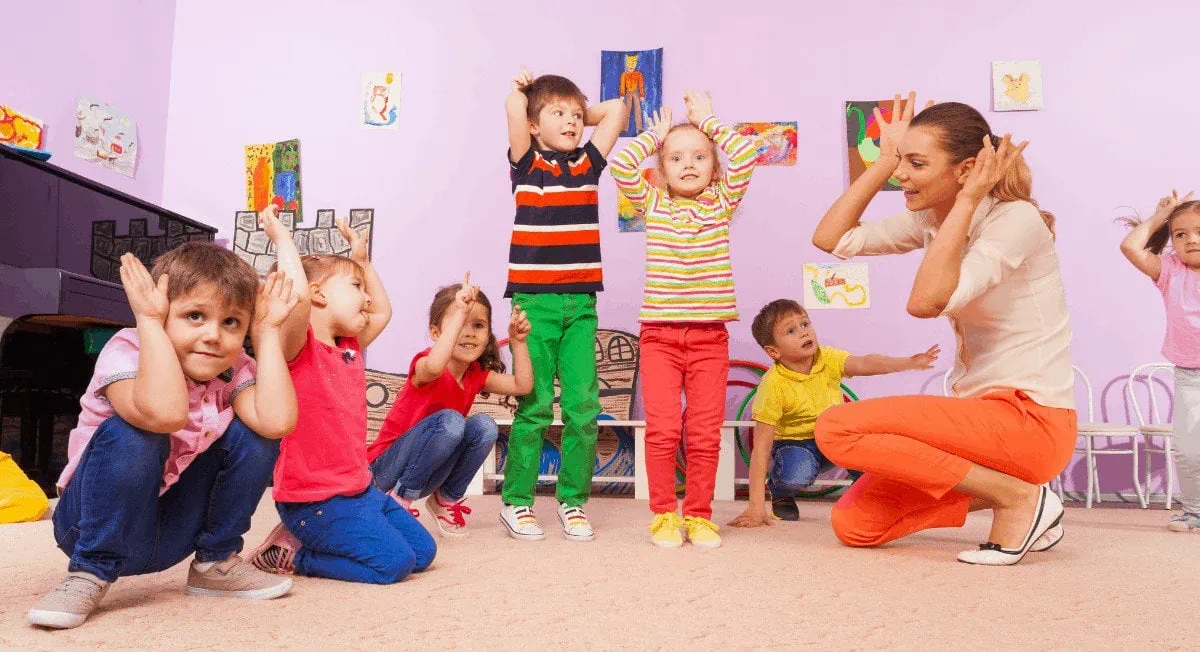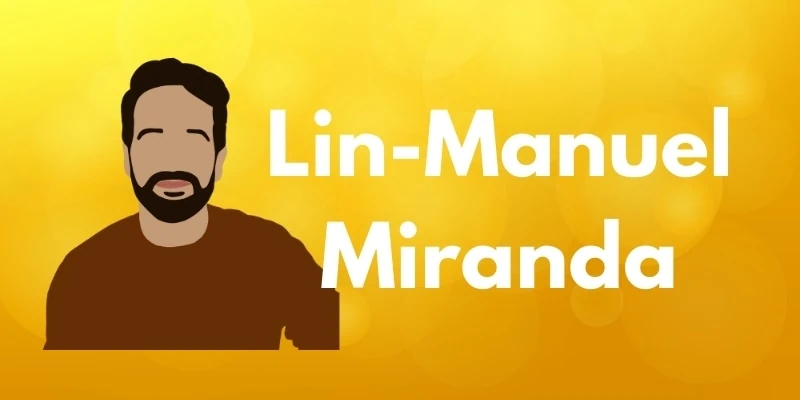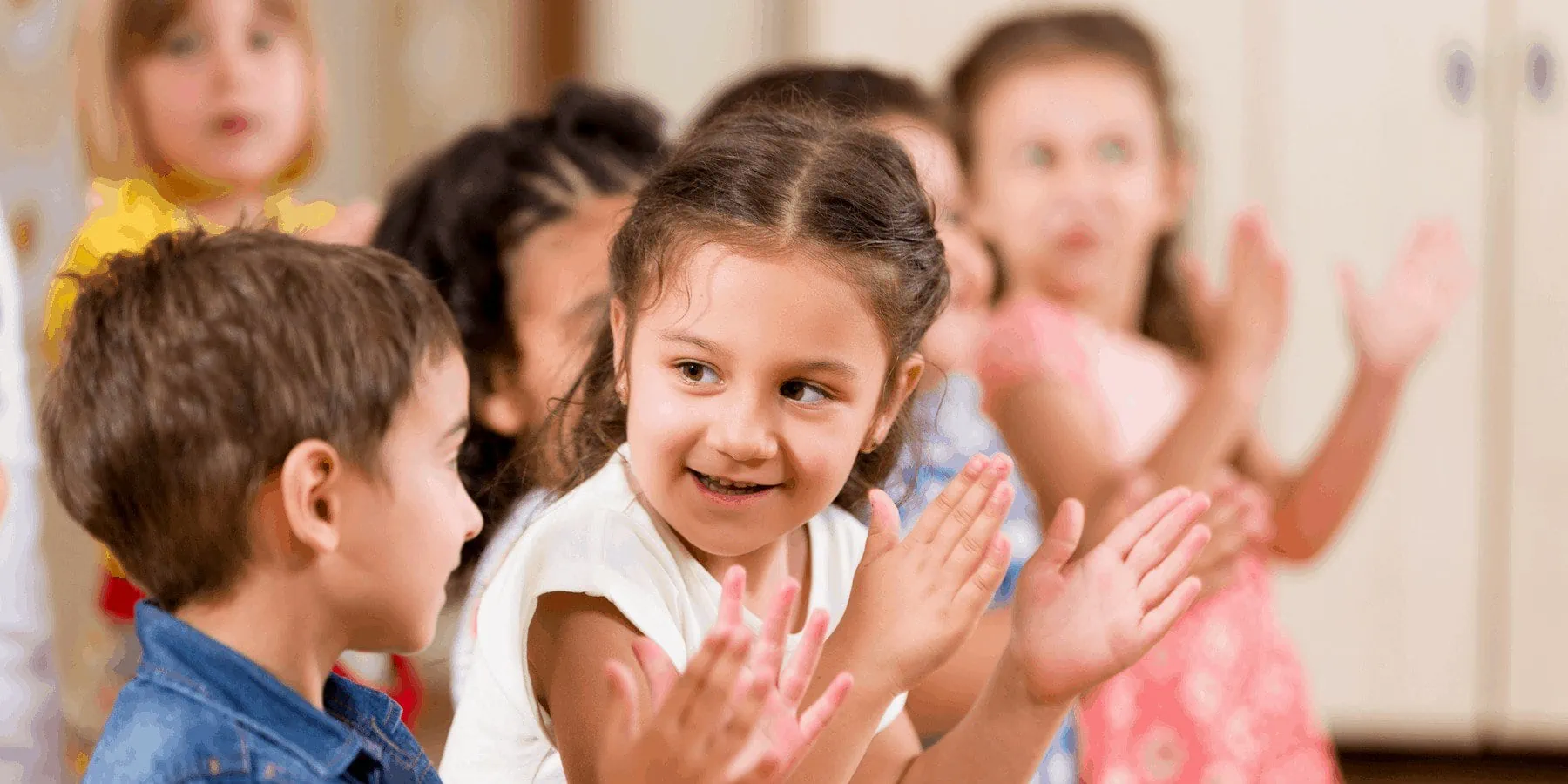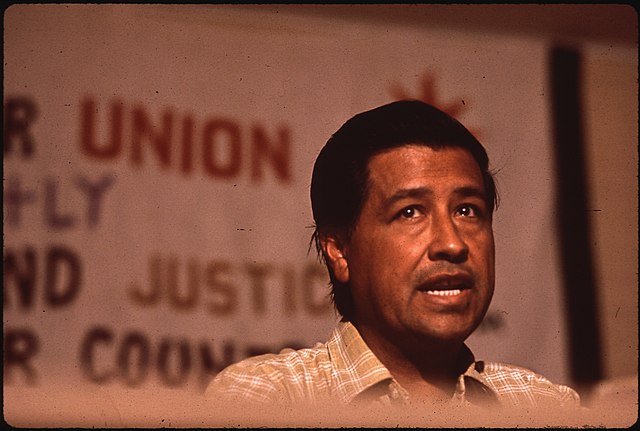TPR: A Beginner’s Guide to Total Physical Response
Inside: Answering “What is TPR?” and tips for teaching language through Total Physical Response.
TPR, or Total Physical Response, is a movement-based technique for teaching new vocabulary or phrases. As the language-teaching world shifts toward teaching to proficiency, we can see that TPR was one of the foundational strategies that sparked many other changes to how we teach language in general.
Many teachers love TPR because it works with wiggly young students or restless older students, who all have one thing in common: they don’t want to spend entire classes in their seats!
It also combats the age-old problem of students “memorizing” new vocabulary, only to forget it several weeks later.
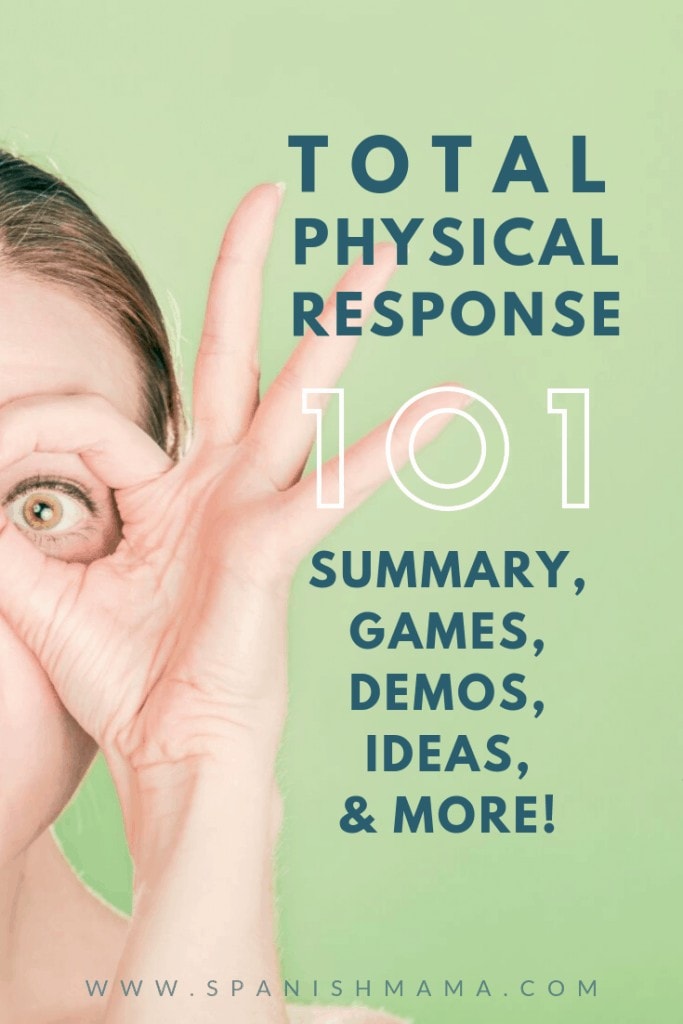
HOW DID TPR GET STARTED?
Total Physical Response was originally developed by James Asher, a Californian Psychology professor in the 1970’s. He observed how young children naturally pick up language (both their native and second or third languages), and compared it to the traditional classroom process.
In TPR and Education, he writes about the interaction between parents and babies:
What you will observe is unique “language body conversations” between the caretaker and the baby. These transactions start immediately after birth with utterances like this: Look at Daddy! Look at Daddy! Look at Daddy!
The baby’s eyes turn in the direction of the voice. In response, the caretaker exclaims with great excitement, “She’s looking at me! She’s looking at me!
Later, as the infant develops, the directions become more complex: Take my hand! Don’t spit up on your shirt! Pick up your toy and put it on the table!
– James Asher
If you have spent much time with young children, this probably sounds familiar. Asher noted the following characteristics of language development in young children:
- Children go through a silent period, where they receive input before producing it.
- The earliest interactions involve “language-body conversations,” as the adult gives a direction and the child responds physically.
- Output (speaking) lags behind input (comprehension) for many years.
His development of TPR strategies are based on those principles. Since his initial work in the 70’s, there have been many extensions and adaptations. Let’s take a look at the core steps of Total Physical Response, and how it’s been adapted over the years.
Related: More comprehension-based tips and strategies for teaching Spanish.
WHAT IS TPR?
So, what does TPR look like in the language classroom? Total Physical Response involves these main steps:
- Introduce the new vocabulary by stating the word or phrase and modeling the gesture. (Most teachers state or write the term in English just to make sure the exact meaning is clear.) The gesture can be doing the command itself, or something like an ASL sign that conveys the meaning.
- The teacher says the phrase and performs the gesture with the students.
- The teacher says the word or command and students listen and perform the gesture. This is repeated many times, but ideally over different contexts as the teacher begins to alternate with other words, uses games, songs, or combines with previous learned phrases.
These are also important factors in the TPR method:
- Language learning should be stress-free for the learner (a low affective filter leads to better acquisition).
- The teacher should infuse his/her lessons with enthusiasm, visuals, and movement.
- Comprehension and communication are valued over error correction and explicit grammar instruction.
TOTAL PHYSICAL RESPONSE IN ACTION
What does TPR look like in the classroom? Here’s an idea of how to get started.
- Simple Commands: At first, you will simply state a commands or phrases and the students will perform it.Typically, words are introduced in groups of 3-5 new words per day. (Teachers differ on whether to use singular or plural commands. In Spanish, for example, you could say “mira” or address the class with “miren.” It’s up to you!)
- Combined Commands: Once students consistently understand isolated words, you can make it more complicated. Instead of simply saying “walk,” you can add a noun and say “walk to the door.” As they learn more words, the commands can get more interesting: instead of just “touch,” you say “touch your arm with your foot.” You can add in adverbs over time as well, as in “touch your arm s-l-o-w-l-y with your foot.”
- Strings of Commands in a Row: After a while with TPR, your students will be able to understand multiple directions in a row. This would sound like: “Alexa, pick up the red book. Take it to the teacher’s desk. Then walk to the door and open it.”
You can see how this could lead to long-term memory and listening skills, with a good amount of complexity after a time.
EXAMPLES OF TPR ACTIVITIES
Total Physical Response is more interesting than the teacher simply stating commands for an entire period while the students listen and respond. There are lots of variations to keep it interesting and provide lots of input for your classes! Here are some ideas:
- Songs: It may seem obvious to attach motions to the lyrics when you sing songs, but this is a form of TPR. Rather than passively listening, the students make the extra connection to the words by acting them out.
- Brain Breaks: TPR is a great way to get students up and moving and review, even when TPR isn’t central to your lesson itself.
TPR GAMES
Gamifying TPR is extra fun! Some of these put a twist on TPR, in that students respond by touching or pointing to a picture instead of acting it out. Here are some ideas:
- Simon Dice: This classic game is basically TPR with a competitive twist. “It’ or “Simon,” (usually the teacher) rapidly call out terms for the class to act out, while always saying “Simon Says” first. If she doesn’t say “Simon Says,” no one should do it- if they do, they’re out. Last student in wins.
- Eyes Closed: Have all the students close their eyes. Call out vocabulary or phrases for the students to act out. If someone does the action incorrectly, tap them and they’re out. (They can now open their eyes and help you catch other students.) Keep calling out words until only one student is left!
- Slap-It/Flyswatter: Divide the class into groups of 4-5. Pass out only picture cards to each group. Lay the picture cards face up, in the middle of the group. Call out the terms. The first student to touch the corresponding image keeps the card. Whoever has the most cards at the end wins. Flyswatter is similar, except that two students come up to the front and hit pictures projected onto the board with (clean) flyswatters
- Charades/Pictionary: Divide the class into groups, and have a representative from each group act out or draw phrases you’ve written on a piece of paper (I like to give the option to do either). Give each group a timed session for guessing, and let the artist/actor accumulate as many papers as possible for points. Do a few rounds and see who wins.Reverse charades is a fun twist as well. In this version, the representative from the group is the only one who doesn’t see the phrase. Their whole team can act it out and they have to guess.
WHEN IS TPR BEST?
It’s easy to see how incorporating actions to words lead to long-term retention as you connect both hemispheres of the brain. We also know that doing an action is more memorable than simply repeating a word or writing it down.
However, if you’re wondering how this is sustainable for upper-level classes or for an entire class period, I personally think that TPR is most valuable as a strategy used to support and lead into other techniques. It was originally designed for beginners, and not meant to form the basis of upper-level classes. I especially find it valuable when working with novices, when introducing new vocabulary, or quickly reviewing older vocabulary and providing oral input.
TPR DEMOS
Of course, it always helps to see teaching strategies in action. Here are some videos that show the TPR process in a variety of settings and for different ages.
VOCABULARY INTRODUCTION THROUGH SONGS AND TPR WITH MICHELE WHALEY:
TEACHING TRAINING DEMO OF TPR:
TPR: AN OVERVIEW (THEORY, HISTORY, THOUGHTS):
TPR WITH 6TH GRADE SPANISH CLASS:
TPR IN THE VIPKID SETTING:
I hope these resources are helpful as you explore the TPR process! If you have more ideas to add, please let me know in the comments below!
